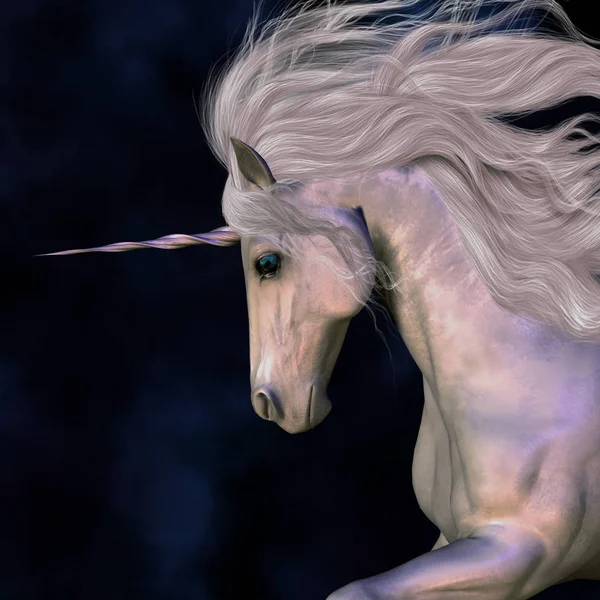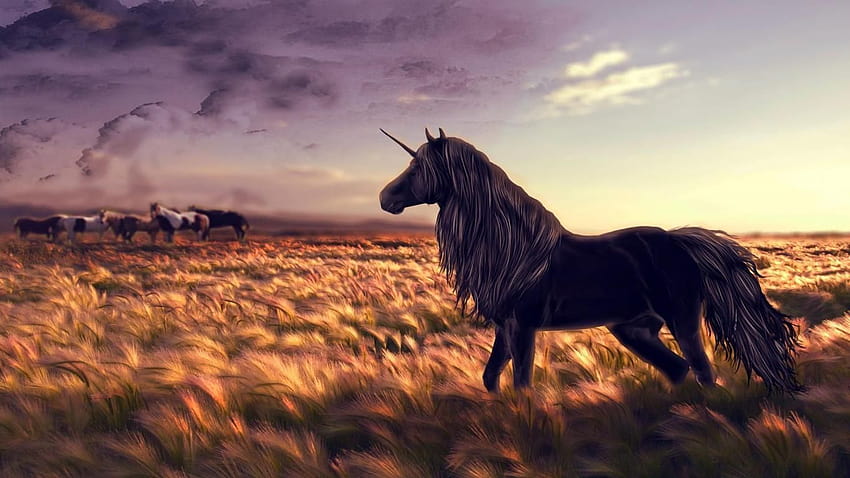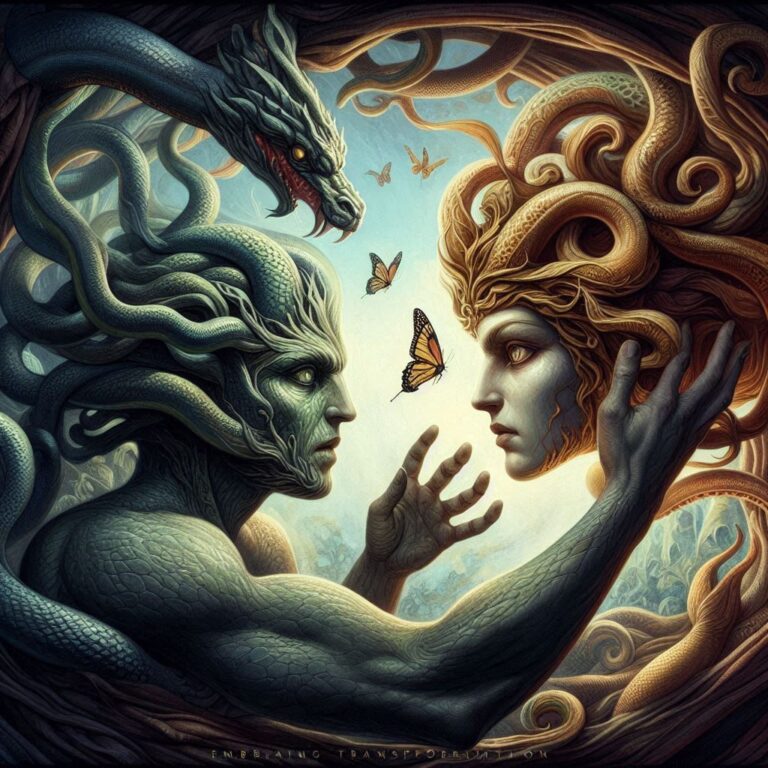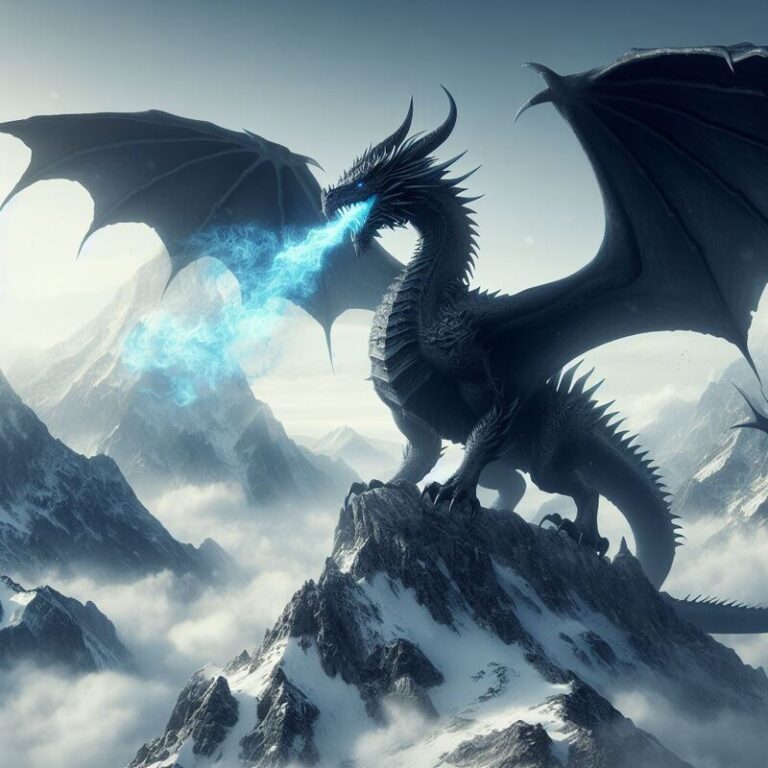Unicorns Mysteries and Magic
Unicorns Mysteries and Magic
Unicorns: Mysteries and Magic

Unicorns, the mythical creatures that have captivated human imagination for millennia, are shrouded in an aura of mystery and magic. These enchanting beings, often depicted as horse-like creatures with a single, spiraling horn on their foreheads, have found their way into various cultures’ folklore, literature, and art. They symbolize purity, grace, and untamed freedom, and their legends are as diverse as the cultures that have embraced them. This article delves into the origins, symbolism, and enduring allure of unicorns, exploring why they continue to fascinate us.
Unicorns Mysteries and Magic
Origins of the Unicorn Legend
The concept of the unicorn dates back to ancient civilizations. The earliest references can be found in the writings of the Indus Valley civilization (circa 3300-1300 BCE), where seals depict a one-horned animal. In ancient Mesopotamia, creatures resembling unicorns appear in art and mythology.

The Greeks contributed significantly to the unicorn myth. The historian Ctesias, in the 4th century BCE, described a wild ass with a single horn in his work “Indica,” based on accounts from Persia and India. Ctesias’ descriptions laid the groundwork for future depictions of unicorns as horse-like creatures with a single horn.
Unicorns Mysteries and Magic
Medieval European folklore further embellished the unicorn legend, often portraying them as elusive and almost supernatural animals. Bestiaries, medieval compendiums of animals, depicted unicorns as embodiments of purity and grace. They were believed to possess magical properties, such as the ability to purify water and heal sickness with their horn, called an alicorn.
Symbolism of the Unicorn
Unicorns hold profound symbolic significance across various cultures. They are often associated with purity, chastity, and innocence. In Christian medieval Europe, the unicorn became a symbol of Christ, representing the Incarnation. The unicorn’s horn, believed to have purifying properties, was seen as a metaphor for the healing power of Christ.

Unicorns Mysteries and Magic
In many cultures, the unicorn is also a symbol of unbridled freedom and the untamed beauty of nature. Their elusive nature and resistance to captivity underscore themes of independence and wildness. The unicorn’s connection to the forest, a place of mystery and magic, further reinforces its association with the unknown and the mystical.
Unicorns in Literature and Art
Unicorns have been a rich source of inspiration for literature and art throughout history. In medieval and Renaissance art, unicorns were often depicted in tapestries and paintings. One of the most famous examples is “The Hunt of the Unicorn,” a series of seven tapestries that tell the story of a unicorn hunt, ending with the unicorn’s capture and confinement. Unicorns Mysteries and Magic

Unicorns Mysteries and Magic
In literature, unicorns appear in works ranging from ancient texts to contemporary fantasy novels. The King James Bible, translated in 1611, famously includes several references to unicorns, although these are believed to be mistranslations of the Hebrew word “re’em,” likely referring to a wild ox. In modern literature, unicorns feature prominently in fantasy novels such as Peter S. Beagle’s “The Last Unicorn,” a poignant tale of the last remaining unicorn on a quest to find her lost kind.
The Magical Properties of Unicorns
The belief in the magical properties of unicorns, particularly their horns, has persisted for centuries. Alicorns were highly prized in medieval Europe and were believed to possess powerful healing properties. They were said to neutralize poison, purify water, and cure diseases. Many royal and noble households claimed to possess unicorn horns, often displayed as symbols of wealth and power. However, these “unicorn horns” were typically narwhal tusks or rhinoceros horns, traded as valuable commodities.

The unicorn’s magical attributes extended to their blood and tears. In folklore, unicorn blood was said to grant immortality or prolonged life, though at a great cost. This belief has been popularized in modern fantasy literature, notably in J.K. Rowling’s “Harry Potter” series, where unicorn blood is described as a powerful but cursed substance.
Unicorns Mysteries and Magic
Unicorns in Modern Culture
Unicorns have maintained their magical allure in contemporary culture. They are ubiquitous in modern media, from children’s toys and cartoons to fantasy novels and films. The unicorn has become a symbol of the fantastical and the otherworldly, often used to evoke a sense of wonder and whimsy.

The modern depiction of unicorns often emphasizes their playful and colorful aspects. They are frequently associated with rainbows, glitter, and a general sense of joy and magic. This contemporary interpretation has made unicorns popular icons in fashion, marketing, and social media. Unicorn-themed products, ranging from clothing to home decor, are widely popular, particularly among younger audiences.
Unicorns Mysteries and Magic
The Science and Myth of Unicorns
While the unicorn remains firmly in the realm of myth, there have been intriguing scientific theories and discoveries that echo the unicorn legend. The Siberian unicorn, or Elasmotherium, was a real animal that roamed the Earth around 29,000 years ago. This prehistoric creature, resembling a large rhinoceros with a single massive horn, has been suggested as a potential source of the unicorn myth.

Another fascinating connection is the narwhal, a marine mammal with a long, spiraled tusk. Narwhal tusks were often sold as unicorn horns in medieval Europe, fueling the myth of the unicorn’s horn. The narwhal’s tusk, which can grow up to ten feet long, bears a striking resemblance to the legendary alicorn, further blurring the lines between myth and reality.
Unicorns Mysteries and Magic
Conclusion
The enduring fascination with unicorns lies in their embodiment of both mystery and magic. As symbols of purity, freedom, and the untamed beauty of nature, unicorns continue to captivate our imaginations. From ancient civilizations to modern pop culture, the unicorn’s legend has evolved, yet it remains a timeless emblem of the fantastical and the sublime.
Unicorns remind us of the power of myth and the human desire to believe in the extraordinary. Their stories, whether found in medieval bestiaries, Renaissance tapestries, or contemporary fantasy novels, offer a glimpse into a world where magic is real and the impossible becomes possible. In a world that often feels mundane, the unicorn stands as a beacon of wonder, inviting us to dream and imagine the extraordinary.


